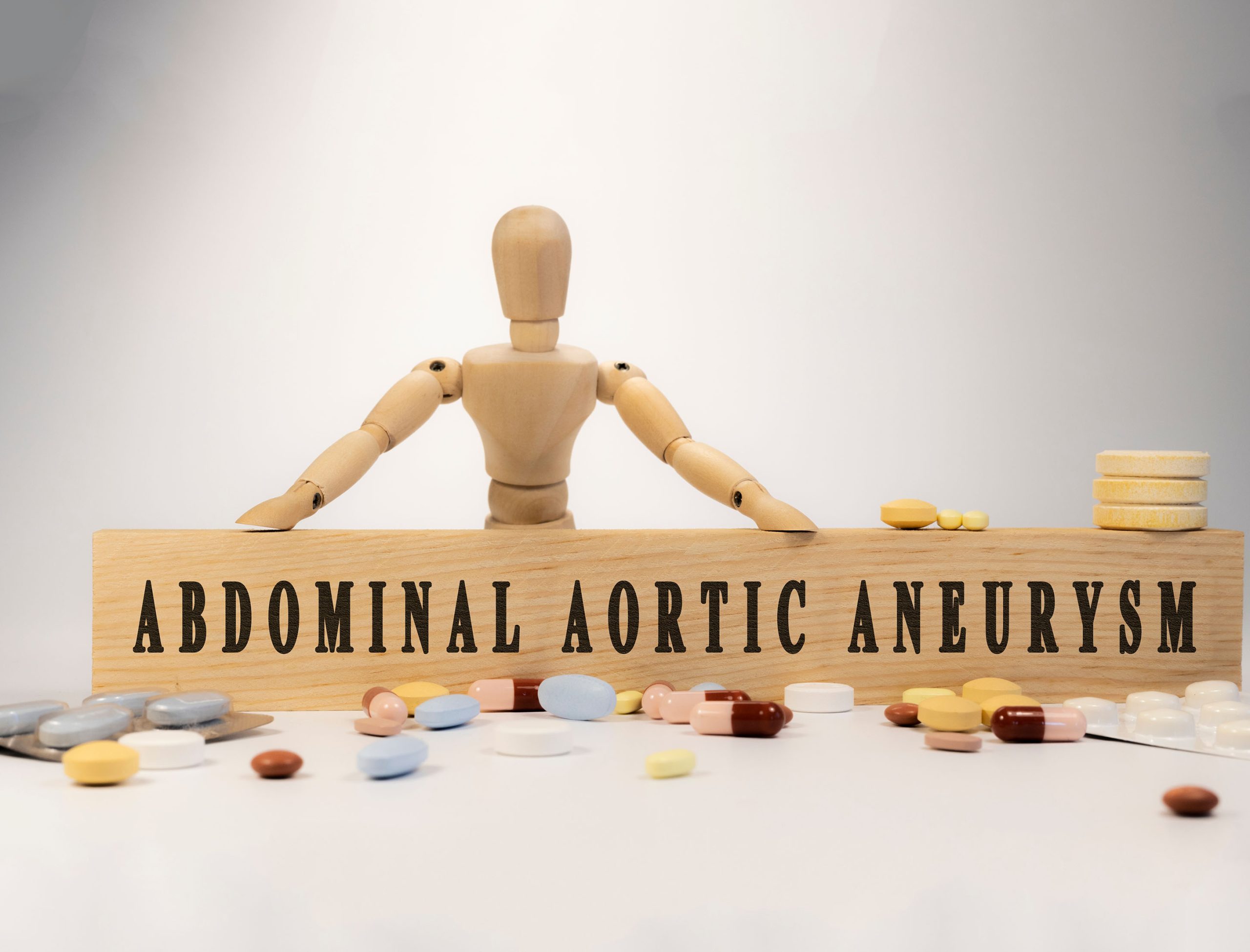Abdominal Aortic Aneurysms with Psoriasis the risks you should know.
There is a significant rate of morbidity and mortality associated with abdominal aortic aneurysm (AAA), a complex multifactorial illness. There is evidence that increased inflammation, particularly effects mediated by T-helper 17 cells, plays a role in the development of AAA. Given the possibility of shared inflammatory pathways in psoriasis and other chronic inflammatory diseases, we looked at the risk of AAA in a national cohort of patients with psoriasis.
New research has revealed that the central inflammatory pathways in AAA are very similar to those in psoriasis, another common chronic inflammatory disease, with T-helper-17 cells and interleukin-17 playing important roles in both disorders. Furthermore, chronic inflammation in the aortic wall is essential for AAA formation. The increased risk of atherosclerotic disease in psoriasis patients and the fact that these inflammatory pathways overlap make it reasonable to assume that psoriasis patients may also be at elevated risk of AAA. No large-scale research have investigated the possible relationship between AAA and psoriasis, however limited case series have indicated an elevated risk of AAA in certain other autoimmune illnesses, such as rheumatoid arthritis and systemic lupus erythematosus. In order to assess the risk of AAA in the general population with that of psoriasis patients, we performed a retrospective cohort research utilizing Danish national records.
Consider these strengths and limits as you attempt to make sense of our results. Changes in data registration over time, such as changes in the International Classification of Diseases coding methods, can impact register-based follow-up research. Our adjustments for crucial factors, such as concurrent medication and comorbidities, as well as in the sensitivity analysis, may not have reflected the increased likelihood of monitoring bias caused by increased diagnostic activity following a psoriasis diagnosis.
It is not uncommon for screenings to unintentionally uncover AAA because the condition is often asymptomatic. It is worth mentioning that our group has already verified the AAA diagnoses included in this study, and they had an overall predictive value of 89%. Imaging procedures, such as computed tomography scans and ultrasound examinations, confirmed the diagnoses in 90% of these instances.
Read the entire study on Abdominal Aortic Aneurysms with Psoriasis Here in the AHA Journal!







Leave A Comment